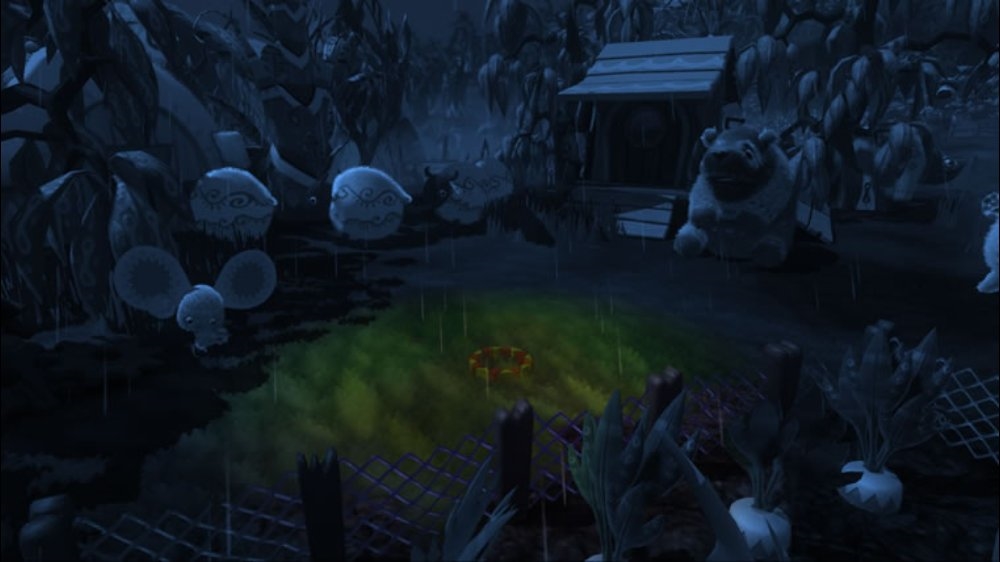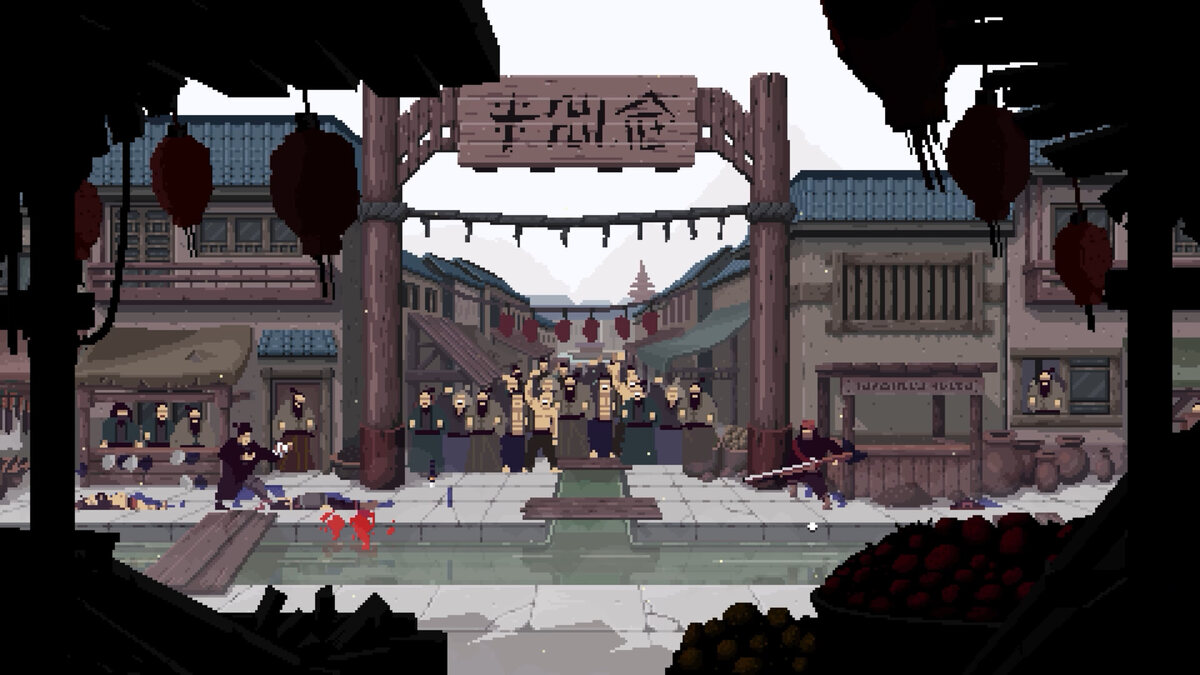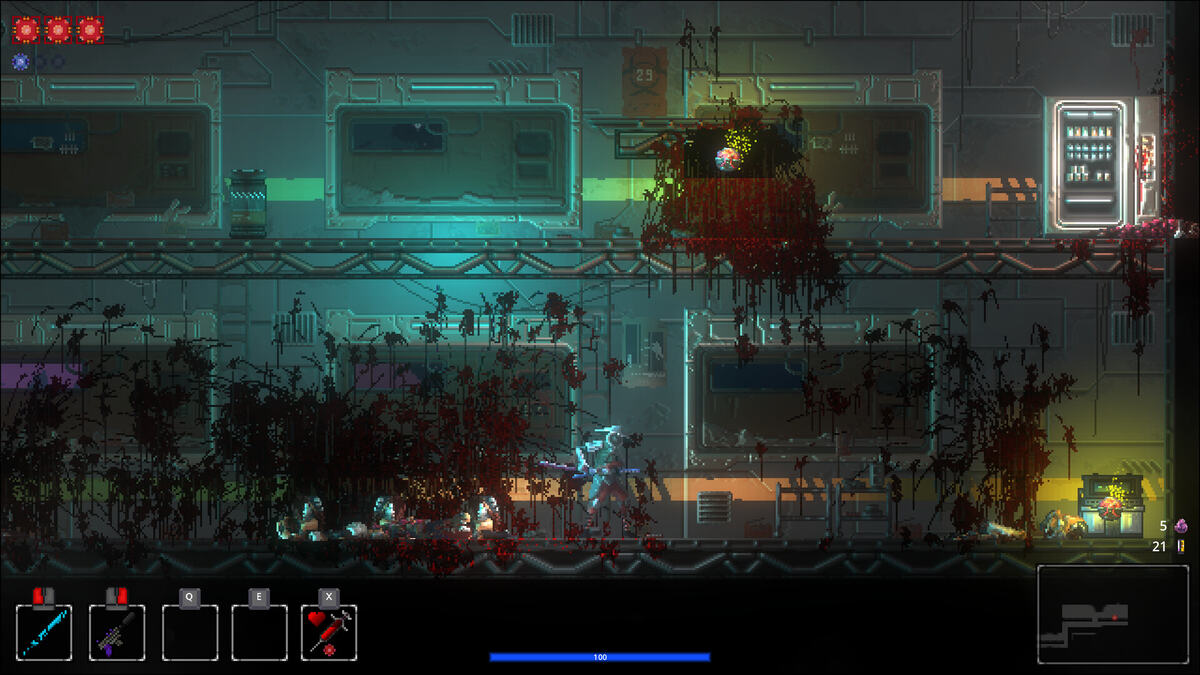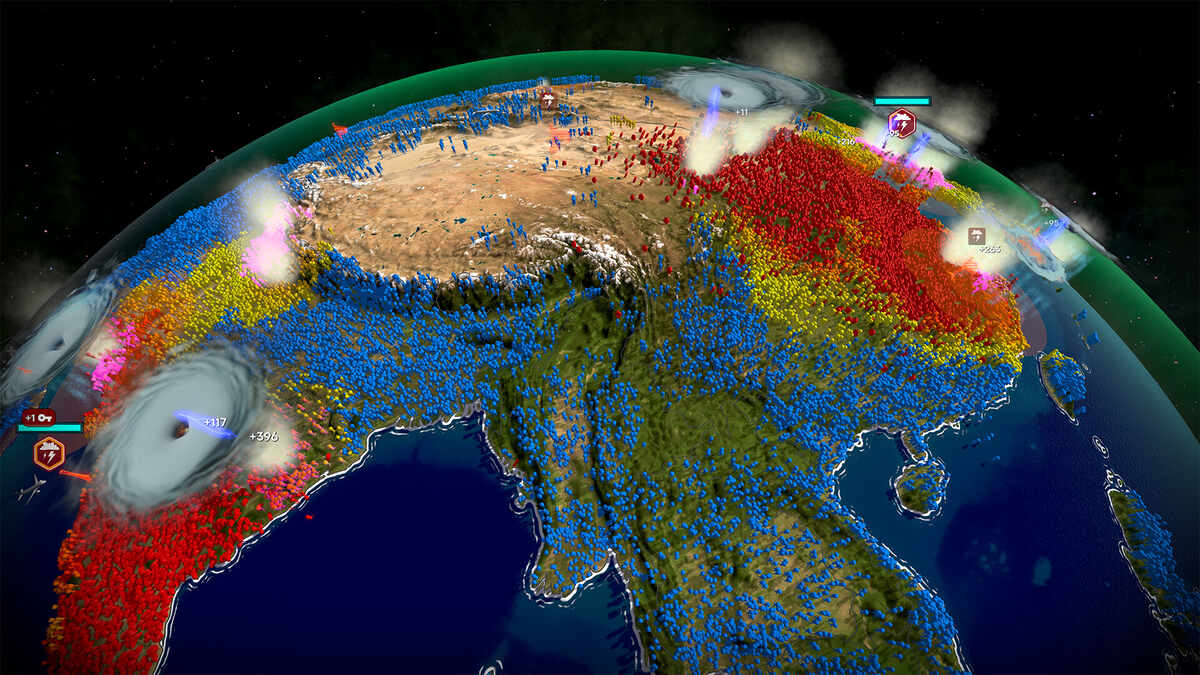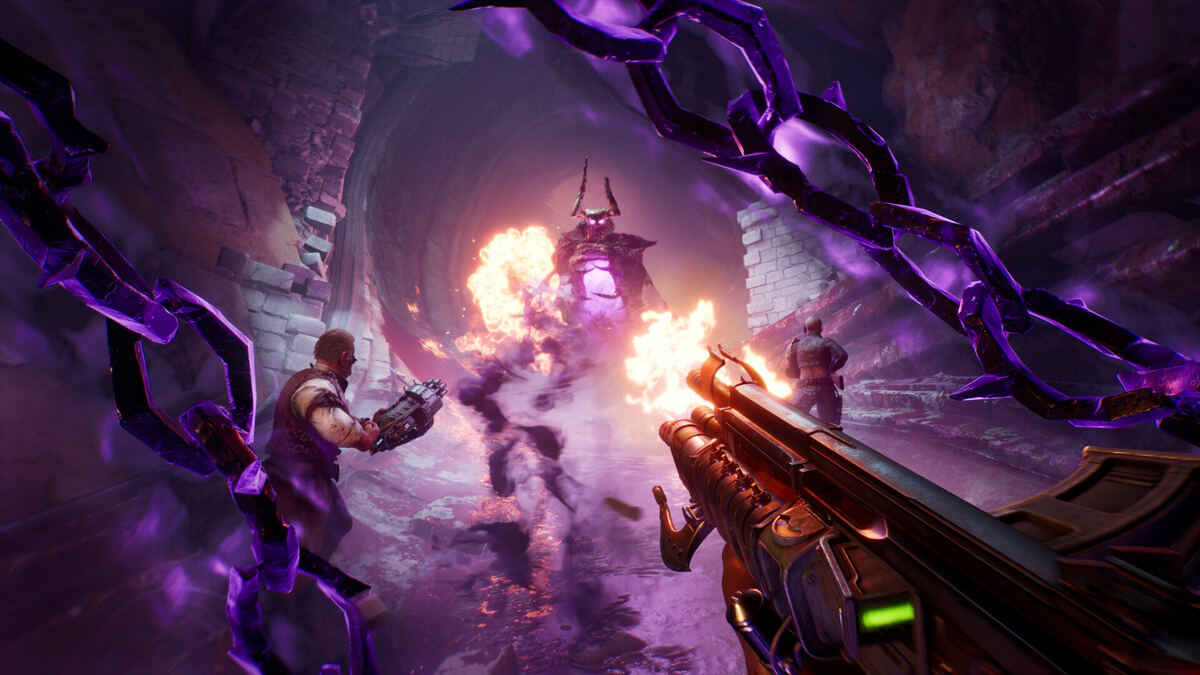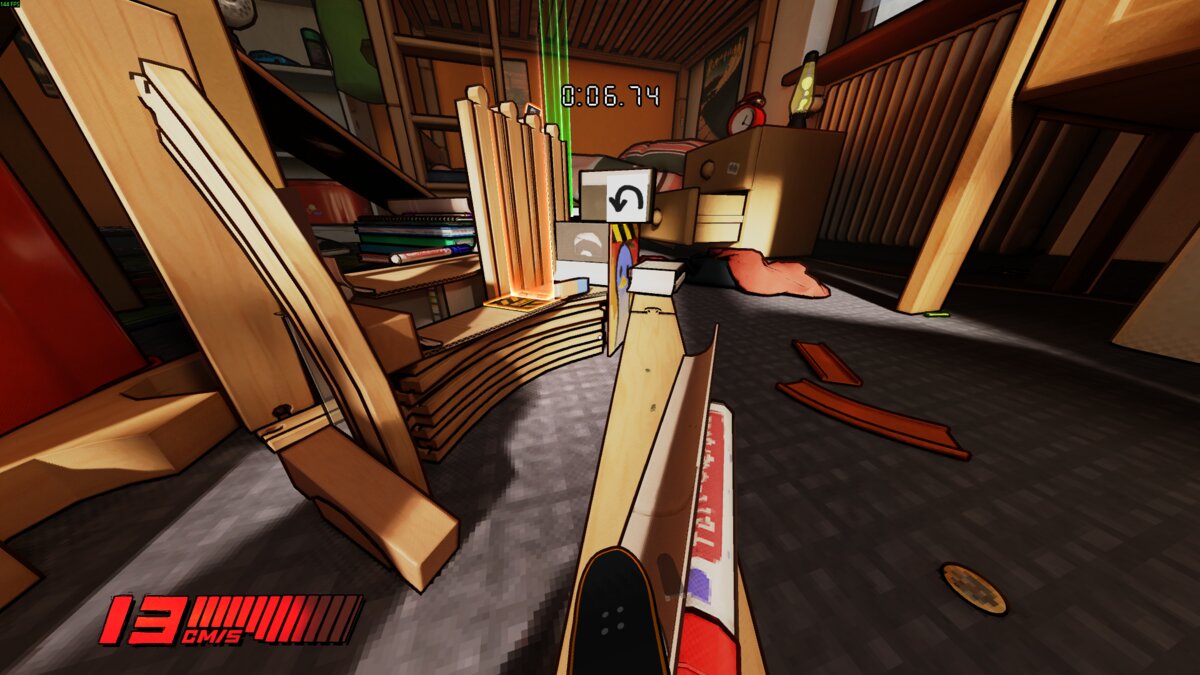You can trust VideoGamer. Our team of gaming experts spend hours testing and reviewing the latest games, to ensure you're reading the most comprehensive guide possible. Rest assured, all imagery and advice is unique and original. Check out how we test and review games here
I love Viva Piñata. The Xbox 360 original is a game I recommended to everyone over a period of about six months, hoping they’d believe me when I told them that it wasn’t a game made just for kids. Beneath the gorgeously cute visuals lied an incredibly in-depth ecosystem simulation capable of holding your attention for months and a collect-em-all compulsion that most people only associate with Pokemon and Football cards. On the Xbox 360 Rare delivered the goods big time.
There was always this feeling at the back of my mind, though, that Viva Piñata belonged elsewhere – that it could find a better home, where people are generally more loving and willing to try out new things, no matter how cute. It was with great delight then that I grasped the chance to play Rare’s Nintendo DS spin-off, Viva Piñata: Pocket Paradise. I was more than a little sceptical, expecting at best a game able to mimic the basics of the classic 360 game, but what I played for an afternoon is shaping up to be one of the best DS titles of 2008.
Things have been slightly simplified for this DS release, but not nearly to the extent I had expected. You still use tools to cultivate the land, lay down grass, plant seeds, water plants and dig ponds. You still have the goal of attracting new and exciting Piñatas to your garden, and the complex inter-species behaviour is still in place. Although undeniably child-friendly in its appearance, Pocket Paradise will have great appeal to children and adults alike.
Romancing is one of the most important aspects of the game, as this is how new Piñatas are born into your garden. For two Piñatas to romance they need to be happy, and this usually requires a few conditions to be met. You’ll have to make sure they’ve eaten the right food, got the right house etc. It’s easier said than done. Getting these Piñatas to live as residents in the first place is tricky enough, often requiring you to have a certain Piñata type already living there, which in turn requires you to have two romancing Piñatas of another type. It’s a vicious cycle and one that will keep you hooked for a very long time. It’s worth noting that the romancing mini-games from the 360 game have been removed here. Some fans might see that as a disappointment, but I didn’t miss them at all.
It’s hard not to become attached too. The game encourages you to name the Piñata offspring, making them happier if you do so. I’ve fallen into this trap before, giving my lovely Piñatas names in the original Xbox 360 game (Wormo, Wormalot, Wormolio, Wormster, Wormmonger, The Worm, Wormaniser…), only to find one being slaughtered by a bigger, badder Piñata. There weren’t tears, but things got a little hairy. I resisted the temptation to name them during my hands-on with the DS game, but I doubt I’ll be able to do the same when it’s mine to keep.
Rare was keen to point out that the game has been designed to be playable using only the DS’ stylus. Optional button controls are included, such as the ability to scroll around your garden using the d-pad or face buttons, but it’s just as easy to use the stylus, either dragging around the screen or by touching the directional icon in the lower right corner. Interacting with things is equally simple. Simply tap the item or Piñata you want to interact with or gain more information about and it’ll be selected. Job done.
Despite the DS’ small touch screen a fairly complex set of controls has been re-worked to fit as if it was designed for the handheld all along. Take directing a Piñata to an object or area on the map for example. Simply select the cute little guy, drag your stylus over to the desired location and release. Related information to what’s selected is displayed in your journal on the top screen. At any time you can flip the screens so the journal takes the touch screen, giving you easy access to all the information you’ll ever need about Piñatas, plants, tools and everything else in the game.
Wanting to make sure the game is accessible to all, Pocket Paradise includes a number of tutorial exercises split into four episodes. Once these are completed the main garden is unlocked, which is where you can begin your quest to find the many Piñatas hidden in the game. A further eight episodes are unlocked as you improve your garden, although you can skip over them if you like. The core to the game is making sure everything in your garden is working to improve the life of something else, and it’s this balancing act that makes Viva Piñata so addictive.
You can obtain certain items by using the Piñatas. The Taffy fly for example excretes fertilizer if you make it eat an apple, with the fertilizer depending on the colour of the fruit it eats. You can also use the shops to buy items, Piñatas and houses for your Piñatas. Costalot is like the game’s general store, offering seeds and other miscellaneous items. Willy is your man for any building work that needs to be done (Piñatas wont Romance if they don’t have a house), and Gretchen can deliver you a Piñata if you aren’t able to lure what you need by the usual means.
Viva Piñata is a game that you can play at an easy pace for the most part, but from time to time things get a little heated. Your garden can be invaded by Sours (evil Piñatas up to no good) and Ruffians (think of a typical teenager) who will pick on your Piñatas. When they enter your garden the alarm will sound (as it does when your residents get into a fight) and if you’re in time you might be able to batter them with your shovel.
A blue bubble in the lower left corner of the screen indicates if a Piñata Challenge is available. Here you’ll be given a task, such as collecting three Pretztails and rounding them up in a crate. The crate is sent off and you’re given a reward in return. The crate system can also be used to share Piñatas with friends, either wirelessly or on the same game cart between game saves. In this way you could have two games running simultaneously, sending certain required Piñatas across to another game.
A playground mode has been introduced which will allow gamers to play without pressure. You can define the area’s layout before you begin, so there’s no need to terraform the land before you can do anything. Being the game’s sandbox mode the visual style is that of a beach setting, giving everything a very relaxed feel. Some options are missing, such as the use of fertilizers, and you’ll only see Piñatas you’ve found in the main game, but for casual play it seems like a great addition.
There’s so much depth to the game that it simply can’t all be covered in a single preview. Suffice to say that Viva Piñata: Pocket Paradise on DS is looking brilliant and is everything I, as a huge fan, wanted from a handheld version.
Viva Piñata: Pocket Paradise is due for release later this year and should sit very nicely with the Xbox 360 sequel.
Viva Piñata
- Platform(s): Nintendo DS, PC, Xbox 360, Xbox One
- Genre(s): Family, Simulation, Strategy
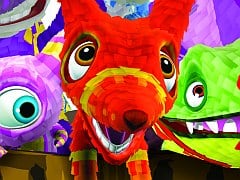
/https://oimg.videogamer.com/images/5d32/viva_pinata_14-56798.jpg)
/https://oimg.videogamer.com/images/3752/viva_pinata_11-56795.jpg)
/https://oimg.videogamer.com/images/1ac2/viva_pinata_3-56787.jpg)
